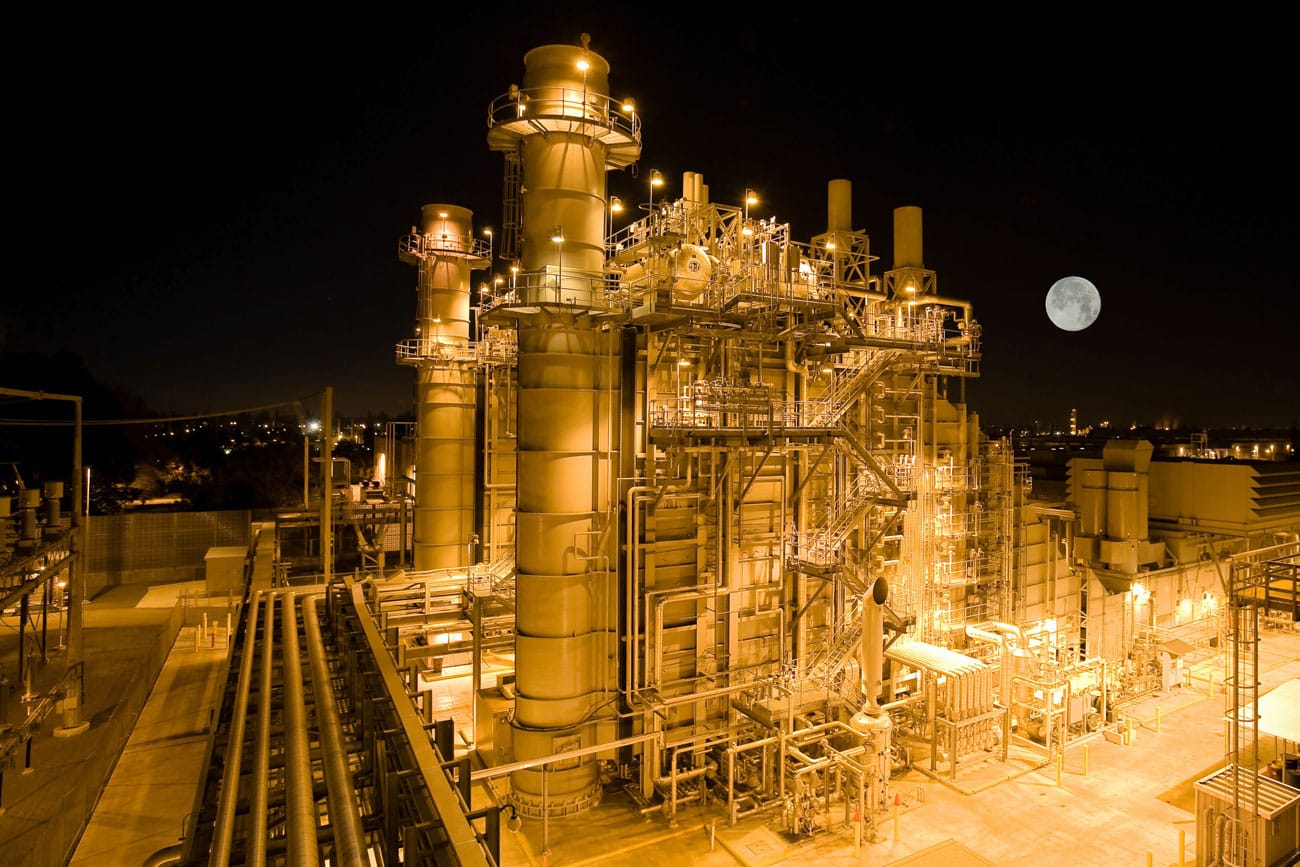Industrial automation refers to computerized systems within manufacturing that handle different processes and machinery in place of human involvement. Most of the processes handled by such systems would be perceived as being repetitive, mechanical, or in other cases, both.
With modernization and technology, industries have started adopting automated systems to increase efficiency and productivity at work. The vast adoption of these systems has seen the industrial automation market growing globally, reaching 127.04 billion dollars in 2018 and expected to grow to a staggering 296.70 billion dollars in 2026, according to Fortune Business Insights.
While these statistics show increasing adoption of automation systems, they do not reduce the numbers to widely varying ones. How then would you know what automation system is the right one for your business?
The labor conditions determine the right automation system for your business, competitive pressure, manufacturing and assembly specifications, work requirements, and labor cost. Below we highlight the different types of automation systems and the industries they are typically found in.
By looking at the types of systems mentioned below and considering the above factors, you should be better suited to pick the right automation system for your business.
Types Of Automation Systems
1. Fixed Automation
Also referred to as complex automation, fixed automation systems carry out a single set of tasks without deviation. Because of its function, this type of system would typically be used for discrete mass production and continuous flow systems. An example of fixed automation equipment would be an automated conveyer belt system designed to increase efficiency by moving objects from point A to B without minimal effort. Like all other fixed automation system equipment, automated conveyer belts perform fixed and repetitive operations to achieve high production volumes.
Manufacturing processes compatible with this system would be:
- Repetitive manufacturing allows for variations within the manufacturing process, although limited (e.g., in food packaging or the textile industry)
Adopting a fixed automation system such as automated conveyer belts and including value-added solutions meant to cut both time and labor costs in their installation eases off competitive pressure for your business, increases your profit margin, and keeps you one step ahead of competition. An example of a value-added solution would be bundled wire for automated conveyor systems. This cuts installation time, lowers labor costs and keeps employees safe from injuries associated with pulling wire during installation.
2. Programmable Automation
As the name suggests, programmable automation runs through commands delivered by a computer program. This means that the resulting processes can vary widely with changing instructions given to the computer through a code series. However, as the programming efforts are non-trivial, the processes and tasks do not change much. This type of automation is common in mass production settings that produce similar products that utilize many of the same steps and tools as in paper mills or steel rolling mills.
Manufacturing processes compatible with this system would be:
- Repetitive manufacturing whereby the same products are produced over a long time and in large batches. These types of equipment can keep carried with very little human supervision. They are typically used in automobile and machinery manufacturing.
The initial setup of programmable automation equipment may require a high cost. Still, because the processes are continuous and relatively unchanging, they tend to be less expensive in the long run.
3. Flexible Automation
Also referred to as soft automation, this type of automation is utilized in computer-controlled flexible manufacturing systems and allows for more flexible production. Every piece of equipment receives instructions from a human-operated computer, meaning that the tasks can vary widely with changing code delivered to the computer. This automation would typically be used in batch processes and job shops with high product varieties and low-to-medium job volume, such as in textile manufacturing.
Manufacturing processes compatible with this system would be:
- Discrete manufacturing allows for variations within the manufacturing process, although limited, e.g., in food packaging or the textile industry.
- Job shop manufacturing occurs within set production areas and is more labor intensive than other manufacturing forms. An example would be making custom machinery.
- Batch process manufacturing whereby raw materials move through the production line in batches such that there is a pause between each step as a batch moves through (e.g., in the pharmaceutical industry and paint manufacturing).
- Continuous process manufacturing offers consistent processing as the manufacturing process from beginning to end does not change. This type of manufacturing is commonly used in food and beverage and oil and gas manufacturing.
4. Integrated Automation
Integrated automation involves the total automation of manufacturing plants as it is handled by computers and control processes with minimal human involvement. Computers can design the necessary parts, test the designs, and fabricate the parts. Integrated automation, like flexible automation, is compatible with batch process manufacturing and continuous process manufacturing.
Technologies that use this type of automation include:
- Computer-aided process planning
- Computer-supported design and manufacturing
- Computer numerical control machine tools
- Computerized production and scheduling control
- Automatic storage and retrieval systems
- Flexible machine systems
- Automated material handling systems, e.g., robots
- Automated conveyor belts and cranes
Resource: https://onepullwire.com/news/types-industrial-automated-systems/


